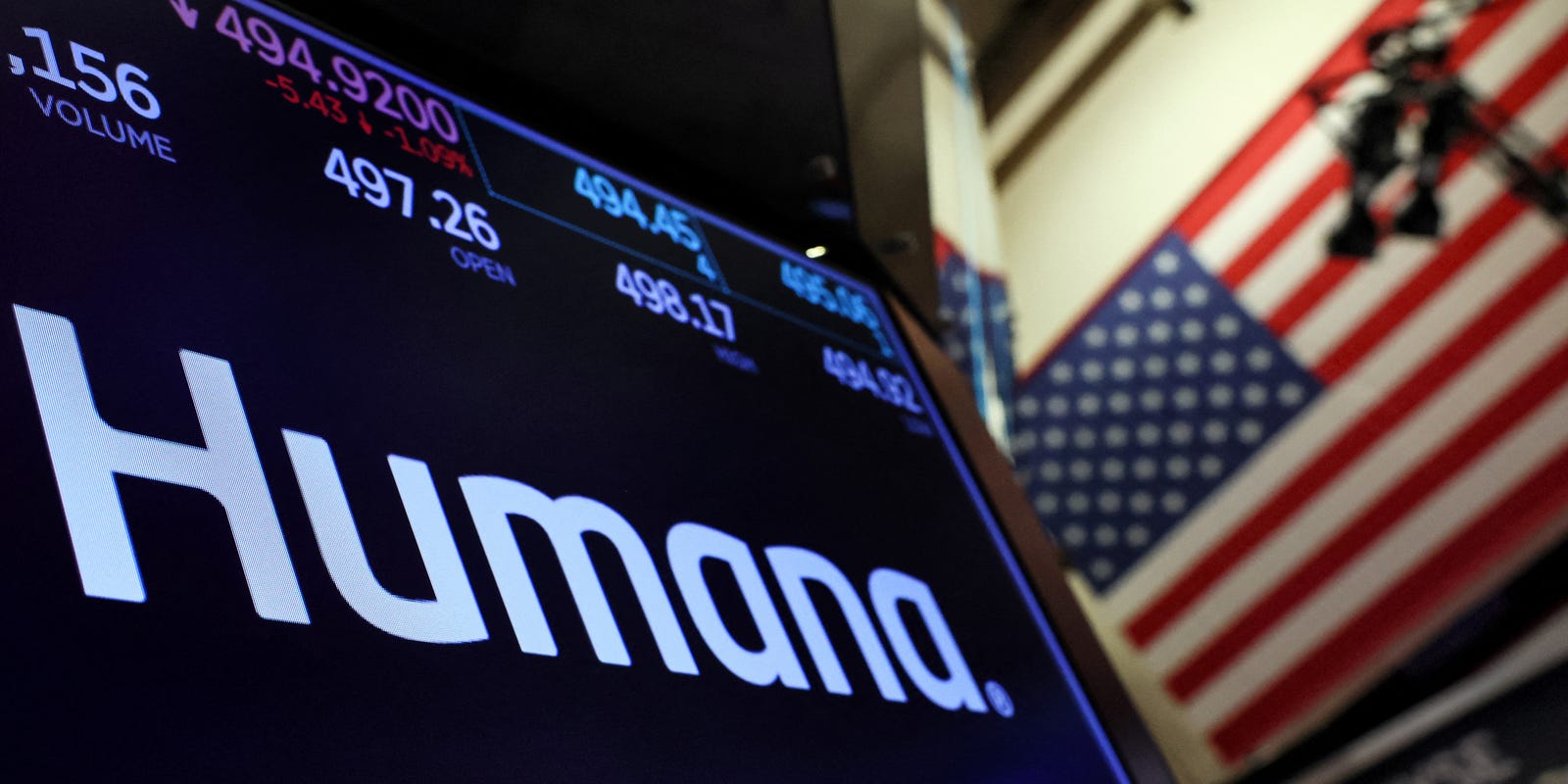Health Insurers' Windfall: Medicare Advantage Rates Set to Soar in 2026

In a significant development for the healthcare industry, the U.S. Centers for Medicare & Medicaid Services (CMS) has proposed a 5.06% rate increase for Medicare Advantage plans in 2026. This announcement has sent ripples through the healthcare market, causing a notable surge in shares for major insurers like Humana and CVS Health.
The proposed rate hike comes at a time of escalating healthcare costs and increasing demand for Medicare Advantage plans, which offer an alternative to traditional Medicare coverage. Investors and industry analysts are closely watching how this adjustment might impact insurance companies' financial performance and market strategies.
Humana and CVS Health have seen their stock prices climb in response to the announcement, reflecting market optimism about the potential revenue implications. The rate increase could provide these insurers with additional financial flexibility to enhance plan offerings and compete more effectively in the Medicare Advantage marketplace.
Healthcare investors and stakeholders are now eagerly anticipating the final implementation of these rates and their potential broader implications for the health insurance sector.
